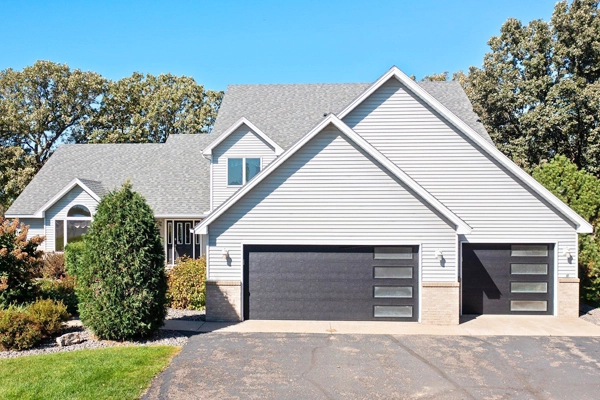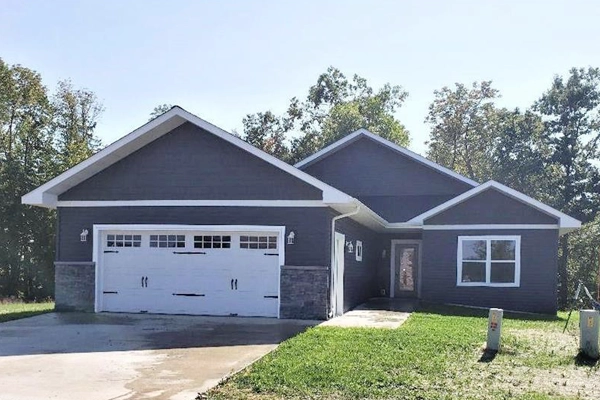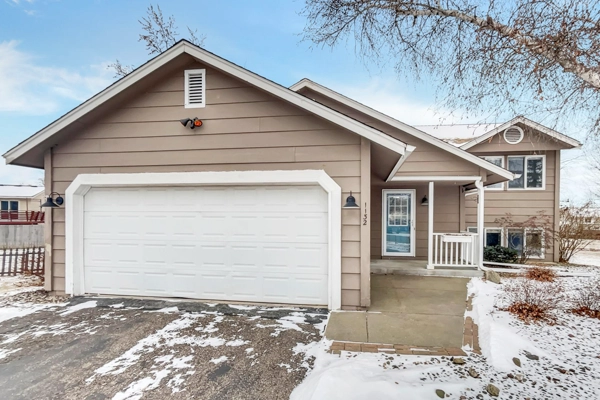Let’s Explore Your Selling Options. I’ll help you sell your home at the price and terms you want. Free Selling Strategy Call
Today, we’re discussing accessory dwelling units, often abbreviated as ADUs. These are not entirely new, but they’re gaining attention in the housing market.
An accessory dwelling unit, or ADU, is essentially a separate, smaller dwelling located on the same property as the main house. They are commonly found on properties with acreage. ADUs serve various purposes, with one growing trend being to keep aging parents close to their adult children.
In this setup, the children reside in the main house, while the ADU provides separate accommodation, typically featuring a single bedroom, bathroom, and kitchen, complete with essential utilities like electricity, gas, and heating. The concept here is to ensure that aging parents can live nearby and maintain their independence without the need for assisted living facilities. Additionally, ADUs can be an ideal housing solution for adult children with certain developmental or independence-related needs. These units allow them to live independently while staying within close reach of family support.
If you’re considering building an ADU on your property, it’s essential to check local regulations and zoning laws, as they can vary significantly from one location to another. Some factors to consider are your property’s size, existing structures, and septic system requirements. ADUs essentially offer a versatile solution, as they can serve as guesthouses or additional living space when not used for family members.
ADUs are gaining popularity as a flexible housing option. If you have any questions or need more information about ADUs, feel free to call or email for assistance.







